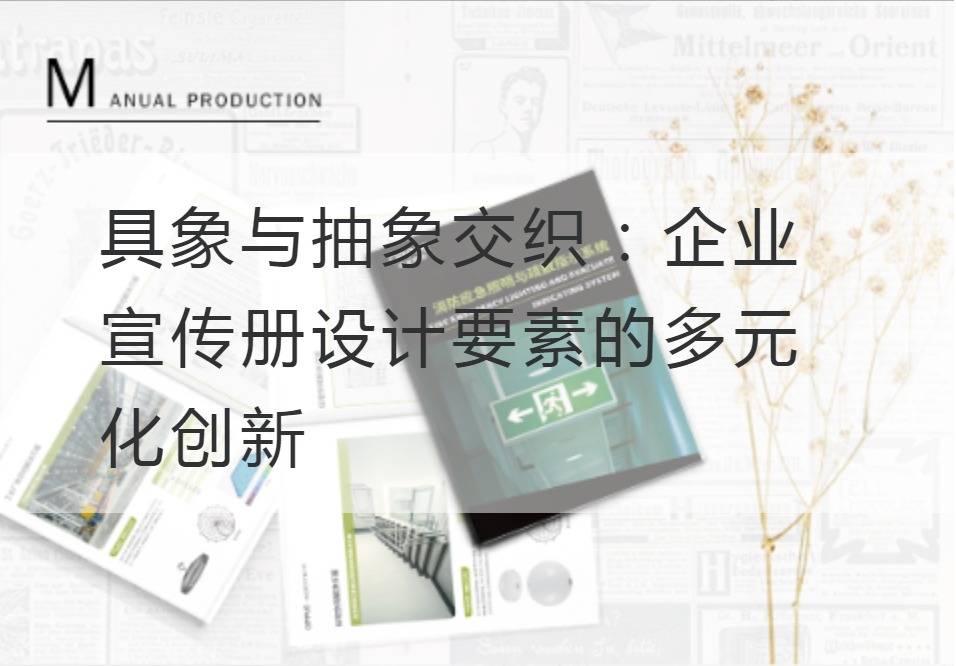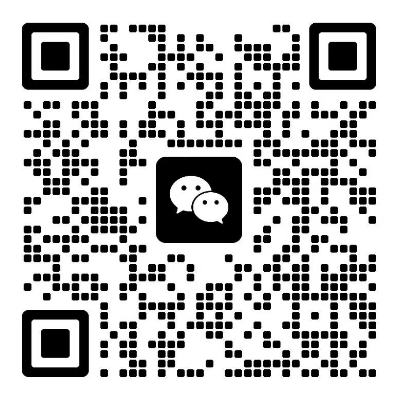Figurative and abstract interweaving: Diversified Innovation of Design Elements of Enterprise Brochure
Corporate brochure is an important marketing tool, which carries corporate image, product information and core values. With the change of times and the change of consumer's demand, the design of enterprise brochure also needs constant innovation and development. When designing brochures, the interweaving of figurative and abstract elements is a creative and attractive way to effectively convey the corporate message and attract customers' attention.
Figurative refers to the object or image directly related to the real world. It can directly express the content that cannot be expressed by words. In the design of the brochure, adding concrete elements can help readers to better understand the products or services of the enterprise. For example, if a business is a wine-producing company, it can use pictures of actual grapes or bottles in a brochure to show the quality and characteristics of the product. This design not only catches the reader's eye, but also allows the reader to build an intuitive perception of the product faster.

However, brochures with mere figurative elements can seem monotonous and unoriginal. At this time, the introduction of abstract elements can enhance the taste and artistry of the design. Abstract is a form of expression that is not directly related to the thing itself or that is logically divorced from reality. A successful brochure design can make readers interested and curious about the business through the use of abstractions. For example, in a technology company's brochure, abstract graphic elements can be used to showcase the company's innovative technology ideas, plus some matching copywriting to stimulate the reader's desire to explore technology and innovation. This approach enhances the value and appeal of the brochure through artistry and uniqueness.
When figurative and abstract elements are intertwined, the design of the brochure becomes more expressive and influential. By combining the concrete elements with the abstract elements, designers can better communicate the core messages and values of the enterprise. For example, an automotive company could use figurative elements in a brochure to show the appearance and functionality of a product, while combining abstract elements to present the company's creativity and vision for the future. This design not only demonstrates the specific strength of the product, but also gives a sense of technology and prospect, stimulates the reader's desire to buy and leaves a deep impression.
In addition to the interweaving of concrete and abstract elements, brochure design also needs to focus on diverse innovation. The design of enterprise brochure should keep pace with the times and keep up with the changes of social development and consumer demand. For example, with the popularity of the mobile Internet, it has become an innovative trend to design brochures in the form of mobile applications or e-books to meet readers' needs for convenience and interactivity. At the same time, considering the requirements of environmental protection and sustainable development, the use of renewable materials and environmentally friendly printing technology is also a key design element.
To sum up, the interweaving of figurative and abstract elements isCorporate Brochure DesignThe embodiment of diversification and innovation of elements. By using both figurative and abstract design techniques and paying close attention to diverse innovation trends, corporate brochures can better convey the message and attract customers' attention. Such innovative design can make enterprises stand out in the fierce market competition, and set up a unique brand image.



